描述
Textbook of Diabetes
Third Edition
Editors:Clive Cockram, John Pickup, Gareth Williams
1649 illustrations
1520 pages
Hardback 063205915X
Price £250.00
‘Textbook of Diabetes is an extremely well organized, superbly edited, richly illustrated two-volume set from Britain… The chapters have logical beginnings and endings and are self-contained. Each begins with a summary of the chapter contents – a true summary, not a mere listing of the topics to be discussed… Until receiving this new text, I referred equally as often to Joslin’s Diabetes Mellitus (Williams and Wilkins 1994) and International Textbook of Diabetes (Wiley, 1997). If truth be told, Pickup and Williams’ Textbook of Diabetes is slightly easier to read because of the typeface and graphs. As I have less time than ever, this attention to detail will certainly make it as attractive as the other two.’
-JAMA, April 1998 (on the second edition)
‘The media, especially television, often offer programs on diabetes, and numerous books about diabetes are presented to to general practitioners, nurses, dieticians and specialists. While this is certainly the result of a growing interest in the subject and a greater demand for knowledge about it, one might wonder about the real need to another book about diabetes. Considering all this, the editorial success of the second edition of the Textbook of Diabetes seems even more spectacular. The reasons for this success are several. The ability of the editors and authors to present a comprehensive, concise, updated review of virtually all aspects of diabetes is a key factor… A second important reason for the success of this book lies in the presentation of the figures, illustrations, graphs and tables… The second edition of the Textbook of Diabetes appears seven years after the first edition, which was a great success. It is interesting to see that the editors were able to improve something that was already good.’
-New England Journal of Medicine, February 1998 (on the second edition)
‘What makes Pickup and Williams different from its equally heavy competitors is the beautiful layout with exceptionally clear figures and generous use of colour photographs. The general standard of all the chapters is high and several are outstanding.’
-Journal of the Royal College of Physicians, September 1997 (on the second edition)
‘Expanding the book has considerably improved it, and the new edition now constitutes a definitive text… It must now be the best large general text available on diabetes and I commend it highly to anyone with a career interest in clinical or academic diabetes, and to general endocrinologists who wish to keep in touch with developments in the field.’
-The Endocrinologist, July 1997 (on the second edition)
Pickup and Williams’ Textbook of Diabetes has established itself as the definitive reference work in the field, providing lucid, comprehensive coverage of the subject with full colour illustrations and beautiful presentation. The focus of the book is very much clinical, but throughout the coverage of basic science is strong and pervades most clinical components of the book. The significant advances that have occurred in our understanding of the disease are reflected in this new edition.
A total of 74 chapters are organised into 20 sections covering the all issues relating to the clinical management of the disease, from the historical context, normal physiology, pathogenesis of diabetes, diabetes complications, the practicalities of living with diabetes, the organisation of care and future developments.
The chapter list has been revised and updated to further refine the coverage of the second edition. At least a third of the contributors are new and have provided a wealth of fresh material to the book. All the other chapters have been thoroughly rewritten.
Please view sample pages from chapter 31 and chapter 75.
comprehensive coverage of clinical diabetes with a strong scientific perspective throughout
now established as THE reference work on diabetes
commended for its excellent layout and wealth of colour illustrations
this edition has a truely international outlook with its global list of contributors
the second edition won first prize in Medicine at the Medical Book of The Year, BMA Awards, and first prize in Advanced Edited Book category, RSM Awards, in 1997.
Contents
Section 1: Diabetes in its historical and social context
1. The history of diabetes
2. The diagnosis and classification of diabetes and impaired glucose tolerance
3. Type 1 diabetes: an overview
4. Type 2 diabetes: an overview
5. Epidemiology of type 1 diabetes
6. Epidemiology of type 2 diabetes
7. Health and social costs of diabetes
8. The challenge of diabetes in the developing world
Section 2: Normal metabolism
9. Normal metabolism: an overview
10. The anatomy, organisation and ultrastructure of the islets of Langerhans
11. The hormonal and neural control of endocrine pancreatic function
12. The structure and phylogeny of insulin
13. The biosynthesis and secretion of insulin
14. The insulin receptor and signalling mechanisms
Section 3: Pathogenesis of type 1 diabetes
15. Genetic factors in the pathogenesis of type 1 diabetes
16. Viruses in the pathogenesis of type 1 diabetes
17. Diet and other environmental factors
18. Immunology and histology of type 1 diabetes
19. Animal models of type 1 diabetes
Section 4: Pathogenesis of type 2 diabetes
20. Genetic factors in the pathogenesis of type 2 diabetes
21. Obesity and nutritional factors in the pathogenesis of type 2 diabetes
22. Insulin resistance in type 2 diabetes
23. B-cell defects and pancreatic abnormalities in type 2 diabetes
24. Maturity-onset diabetes of the young
25. Animal syndromes of type 2 diabetes
Section 5: Other types of diabetes
26. Drug-induced diabetes
27. Endocrine diseases and diabetes
28. Pancreatic disease and diabetes
29. Syndromes of severe insulin resistance
30. Insulinopathies and genetic syndromes and diabetes
Section 6: Metabolic disturbances of diabetes
31. Metabolic disturbances in diabetes
32. Acute metabolic complications of diabetes: diabetic ketoacidosis, hyperosmolar non-ketotic syndrome and lactic acidosis
33. Hypoglycaemia in diabetes
Section 7: Measurements in diabetes
34. Diabetic control and its measurement
35. Research methods in Diabetes
Section 8: General management issues in diabetes
36. Diet and lifestyle modification
37. Exercise in diabetes
38. Education of the diabetic patient
39. Drugs and diabetes
40. Infection and diabetes
41. Surgery in patients with diabetes
Section 9: Management of type 1 diabetes
42. Insulin pharmacology
43. Insulin treatment its complications
44. Alternative forms of insulin delivery
Section 10: Management of type 2 diabetes
45. Drug treatment of type 2 diabetes
Section 11: Mechanisms in chronic diabetes
46. The epidemiology of complications and the relationship to blood glucose control
47. The biochemical basis of microvascular disease
Section 12: Diabetic eye disease
48. Pathogenesis of diabetic retinopathy and cataract
49. The clinical features and management of diabetic eye disease
Section 13: Diabetic neuropathy
50. Pathogenesis of diabetic neuropathy
51. The clinical features and management of diabetic neuropathy
Section 14: Diabetic nephropathy
52. Pathogenesis of diabetic nephropathy
53. Clinical features and management of diabetic nephropathy
Section 15: Macrovascular disease
54. Lipid disorders in diabetes
55. Hypertension and diabetes
56. Cardiovascular disease in diabetes
Section 16: Other complications of diabetes
57. Foot problems in patients with diabetes
58. Sexual function in diabetic men and women
59. Gastrointestinal disorders in diabetes
60. The skin in diabetes
61. Bone and rheumatic disorders in diabetes
62. The central nervous system and diabetes
63. Psychological factors and diabetes
64. Psychiatric disorders and diabetes
Section 17: Diabetes in special groups
65. Pregnancy and diabetes
66. Diabetes in childhood and adolescence
67. Old age and diabetes
Section 18: Living with diabetes
68. Diabetes and lifestyle
69. Genetic counselling in diabetes
Section 19: Delivery and organization of diabetes care
70. The role of the hospital and role of general practice in diabetes care
71. The role of the diabetes specialist nurse
Section 20: Vignettes on future directions in diabetes research
72. Pancreas and islet transplantation
73. New drugs in the management of diabetes and its complications
74. Immunotherapy for the prevention of type 1 Diabetes
75. Stem cell therapy
76. Gene therapy




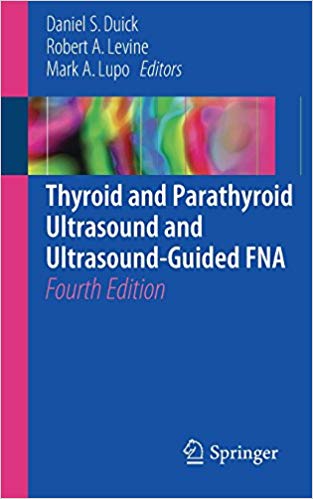
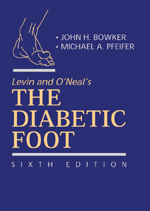
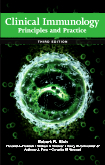
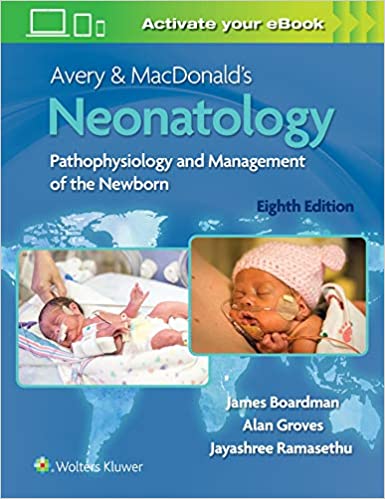

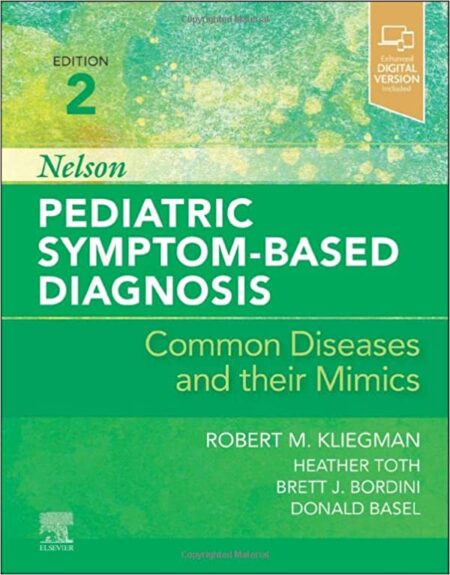


商品評價
目前沒有評價。